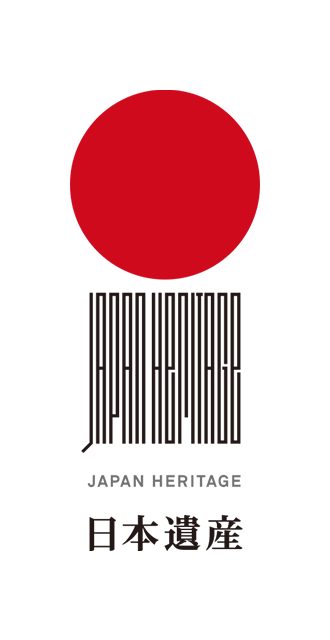Things to Do in the Chugei Region
Introduction to the Chugei Region
The Chugei Region, which lies in the east of Kochi Prefecture, refers to the five towns and villages of Aki District: Nahari Town, Tano Town, Yasuda Town, Kitagawa Village, and Umaji Village.
The Chugei Region, which was once home to western Japan's largest forest railway, is now the leading producer of yuzu in the country.
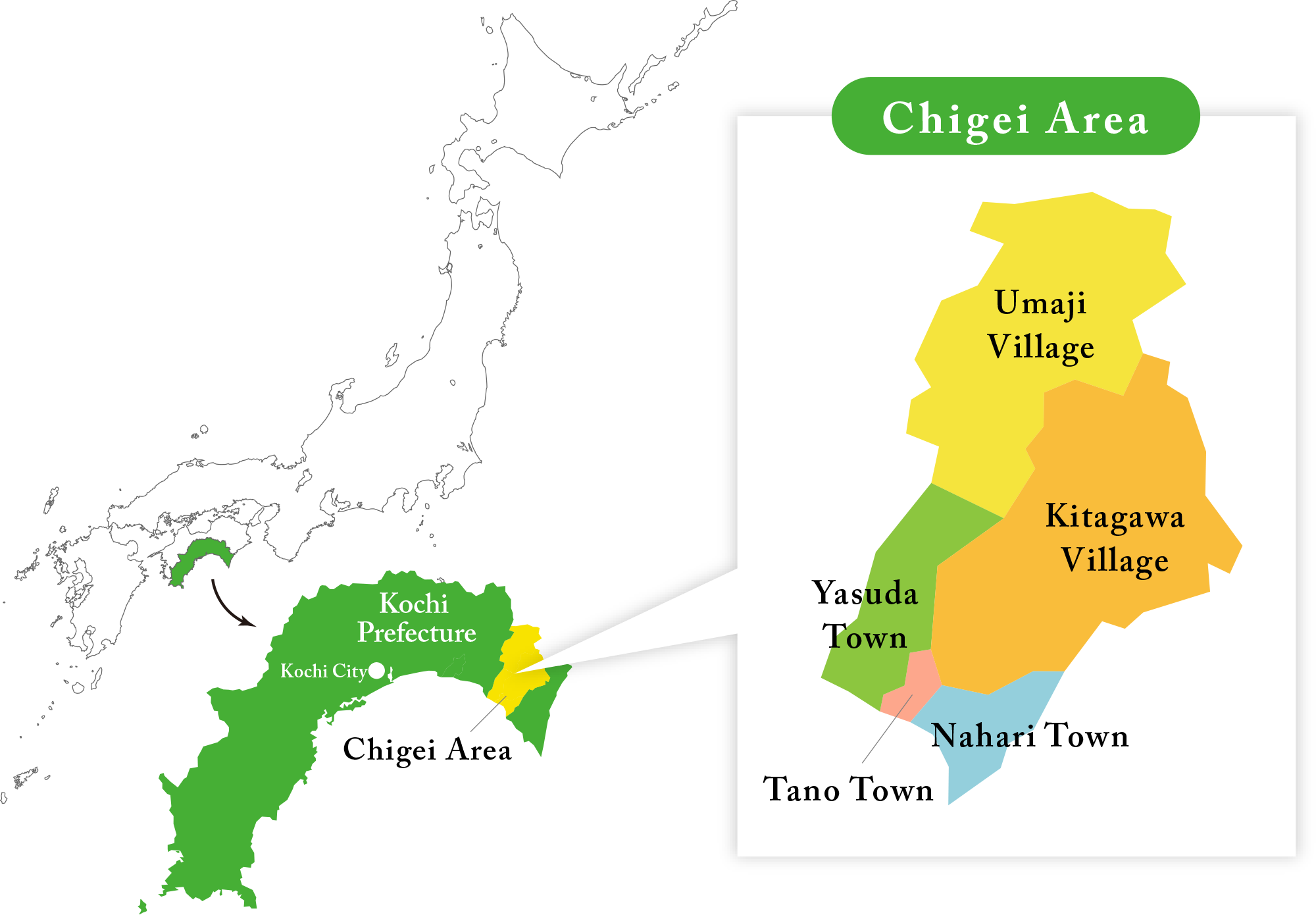
Japan Heritage Promotional Video
Places to visit in each of the 5 areas of the Chugei Region
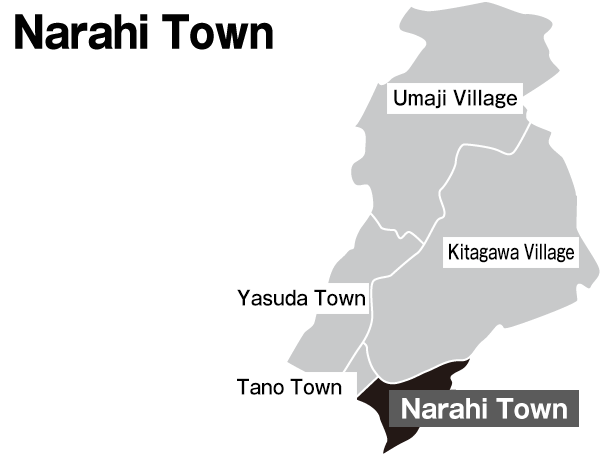
Quiet and beautiful port town where nature and history are in harmony
Nahari Town, with a view of Noneyama Mountain to the northeast, is known for its quaint historical townscape and was mentioned in Ki no Tsurayuki's Tosa Diary.The Noneyama mountain road that runs through Nahari connects Tosa and Awa Province, making the town an important juncture for transportation. Many historical sites and temples still remain in the old town of Nahari. Enjoy a stroll through the historical townscape and explore the many distinctive restaurants of the port town.
Coral watching is another popular activity here. You can see a variety of nearly 70 types of Pacific Ocean coral.
-
Nahari Station
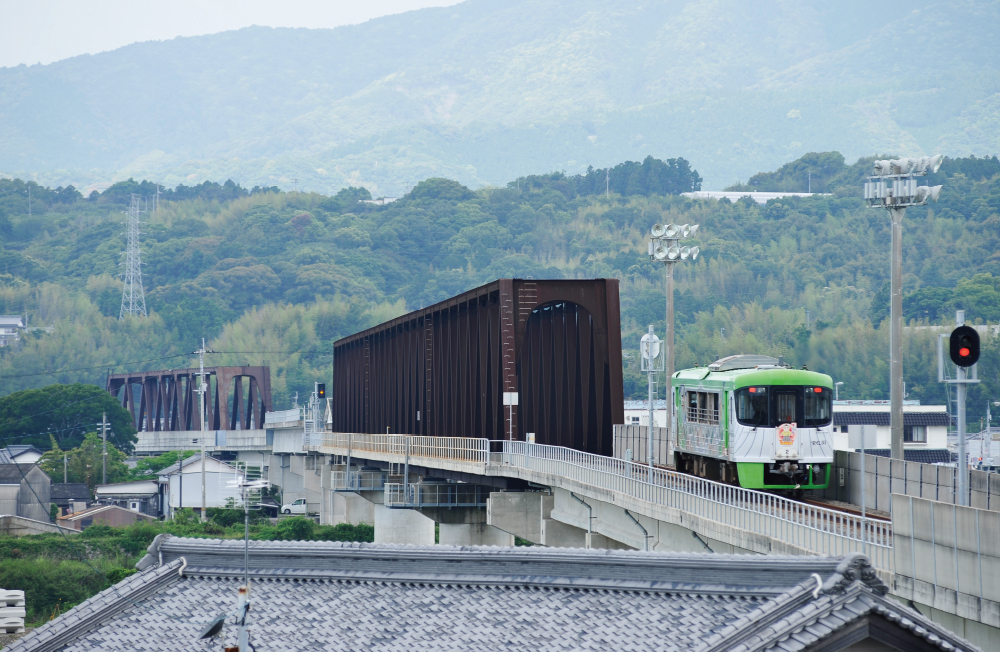
A magnificent view of the Pacific Ocean can be seen from the station.
The station has a local store called Ichijiku where you can find coastal delicacies such as fresh produce, boxed lunches, local sake, and yuzu juice.
On the third floor, you'll find Italian Restaurant Tonno, which serves cuisine made with local ingredients. -
An Ocean Full of Coral
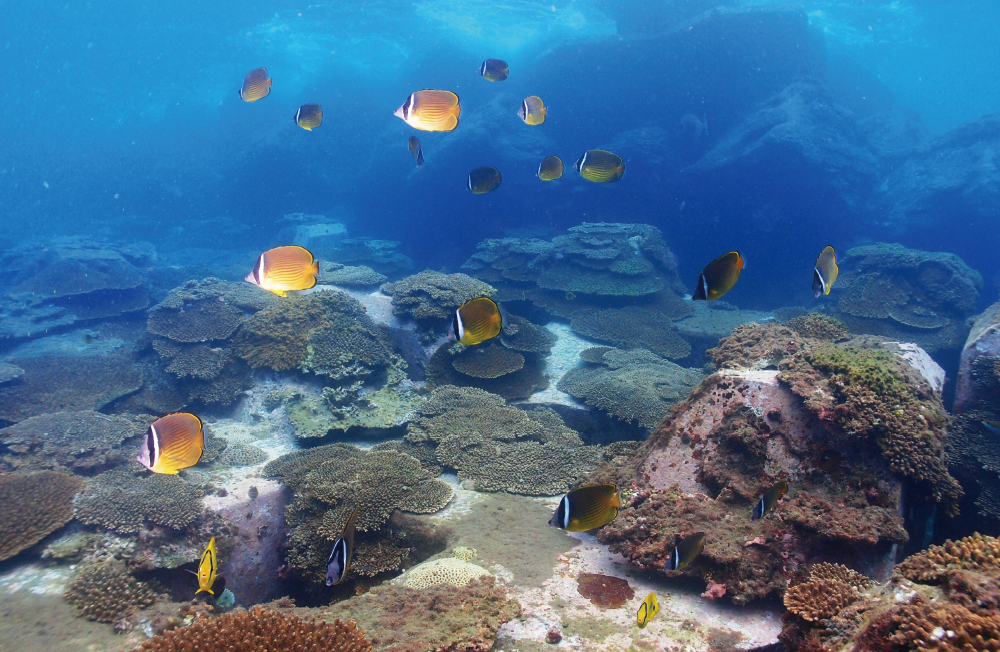
The ocean in front of the Nahari Coast Center is home to a stunning variety of nearly 70 types of coral along with many types of fish. Why not explore the wonderous ocean by kayak or snorkel?
Kaihin no Shizen Gakko: Ko 2293-2, Nahari-cho, Aki-gun, Kochi-ken
TEL: 0887-38-5127 (Please contact the Nahari Coast Center for reservations)
Open seasonally from April 1 - October 31
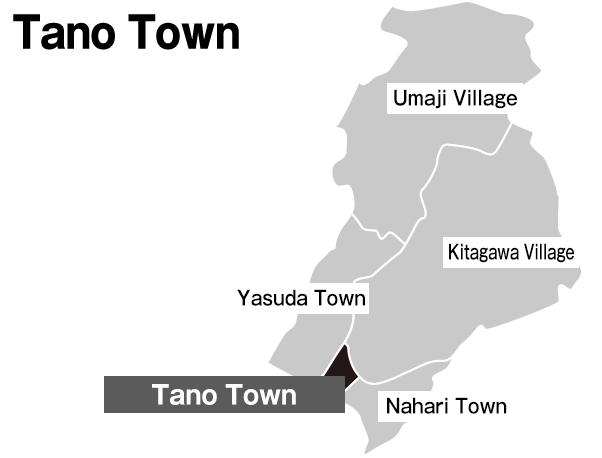
A natural countryside town with the smallest land area in Shikoku.
Located in eastern Kochi Prefecture, this is the smallest town in Shikoku with a total land area of 6.53 square kilometers (2.52 square miles).The town flourished as a center for politics, economy, and culture during the Edo period and many of its historical buildings still remain today.
The Oka Goten Palace, which was built in 1844 (Tenpo era) to serve as an accommodation for the feudal lord during his patrol of the east, was registered as a Tangible Cultural Property in 1985 (Showa era). Lord and princess costume rentals are available.
-
Roadside Station Tanoeki-ya
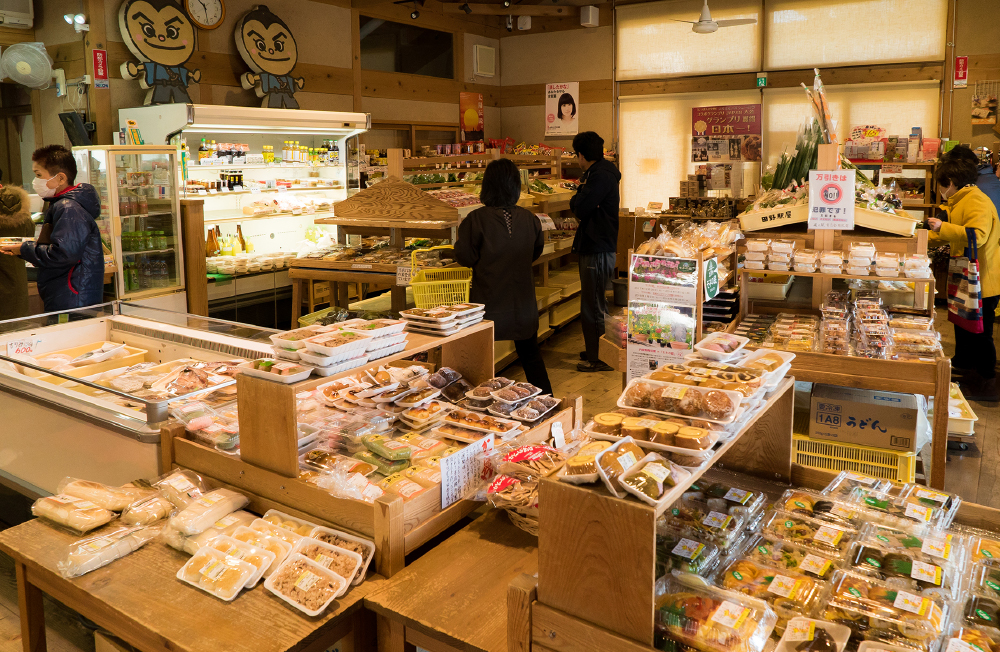
Tanoeki-ya, a roadside station located at Tano Station on the Gomen-Nahari Line, is known to be Shikoku's most lively roadside stop. Selling a variety of local produce and delicacies, this store also has an eat-in corner where you can enjoy the food of Tano Town. Bicycle rentals are also available so you can enjoy exploring the town on wheels.
-
Tano Town Pure Sun-Dried Salt Facility
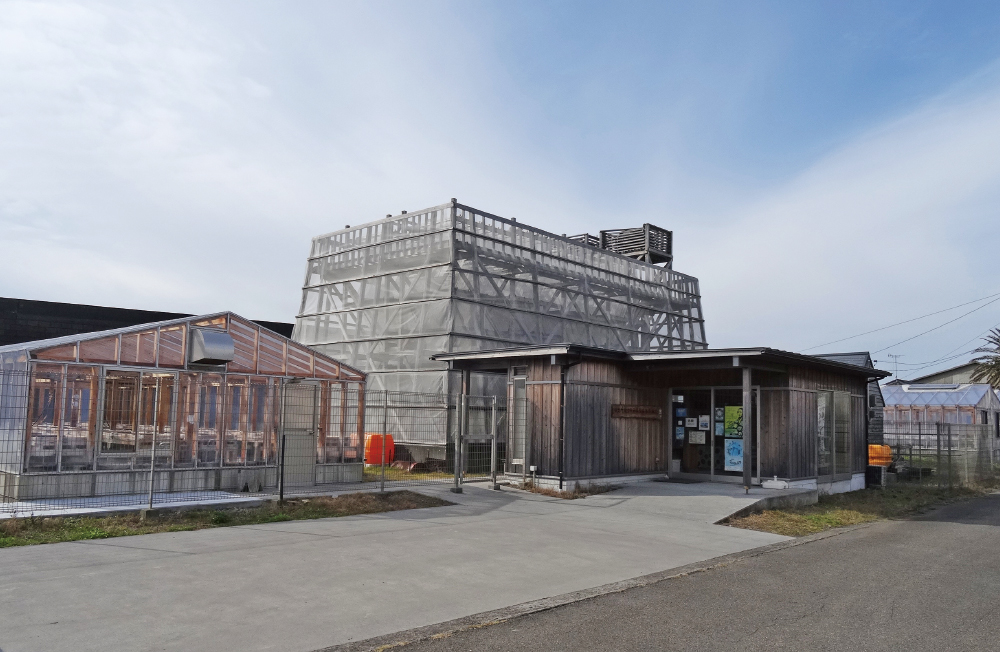
At this facility, salt is made with only natural sun and wind energy. Not many places in Japan make pure sun-dried salt, but here, you can see it and experience it up close. *Closed during March 2018
Tano Town Promotional Video
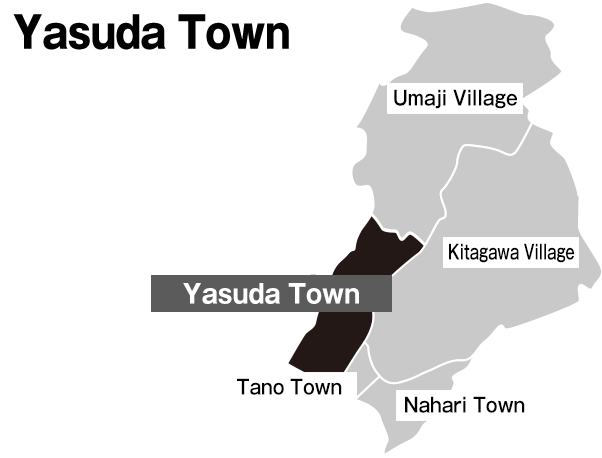
A town with a pristine river, home to the best sweetfish in Japan
A nostalgic town that still has historical railway bridges, tunnels, and remnants of train tracks. The former Yanase Forest Railway facilities that tied together the five towns and villages of the Chugei Region were the daily means of transportation and outside communication for the local people. The Yasuda River, which flows through the center of the town, is a damless river that flows freely in its natural form. It is also the habitat of sweetfish that have won the grand prize twice in the Natural River Sweetfish Tasting Festival. In recent years, its scenic beauty has garnered newfound appreciation, leading to significant strides in tourism development including the establishment of campgrounds and events.-
TeruPort Yasuda
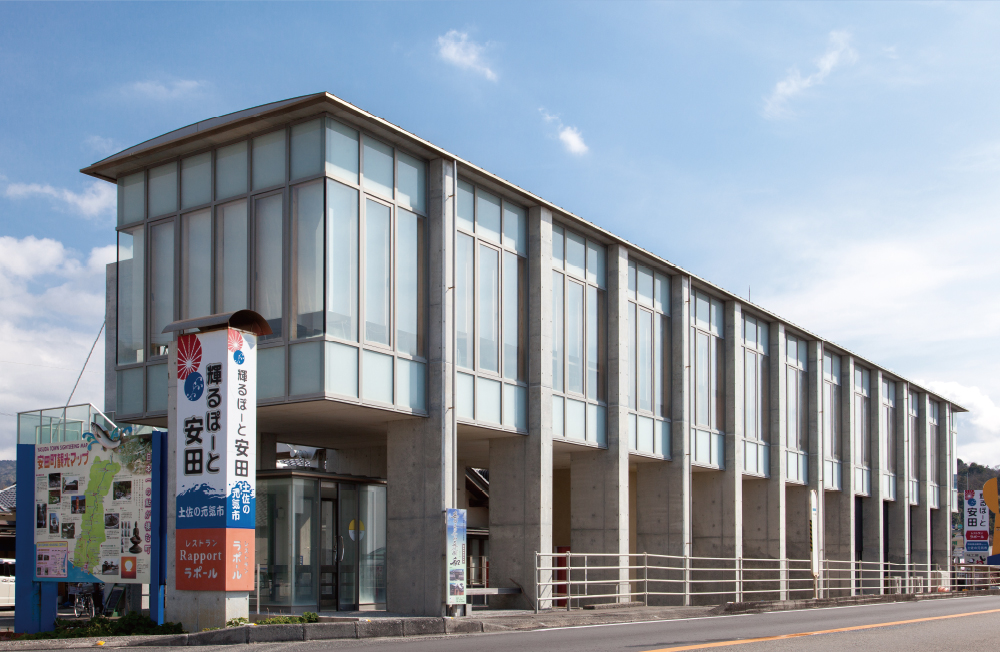
This comprehensive information center is located at the entrance of Yasuda Town along National Route 55.
The facility includes a new Japanese restaurant, Anta no Chaya, which opened on December 3, 2018, as well as the Tosa no Genki Market, which sells local produce and delicacies, and fish market Uoteru which offers a selection of fresh fish caught the same morning.
-
Yasuda Machinami Visitor Center, Nagomi (Former residence of the Kashiwara Family, former Ichikawa Hospital)
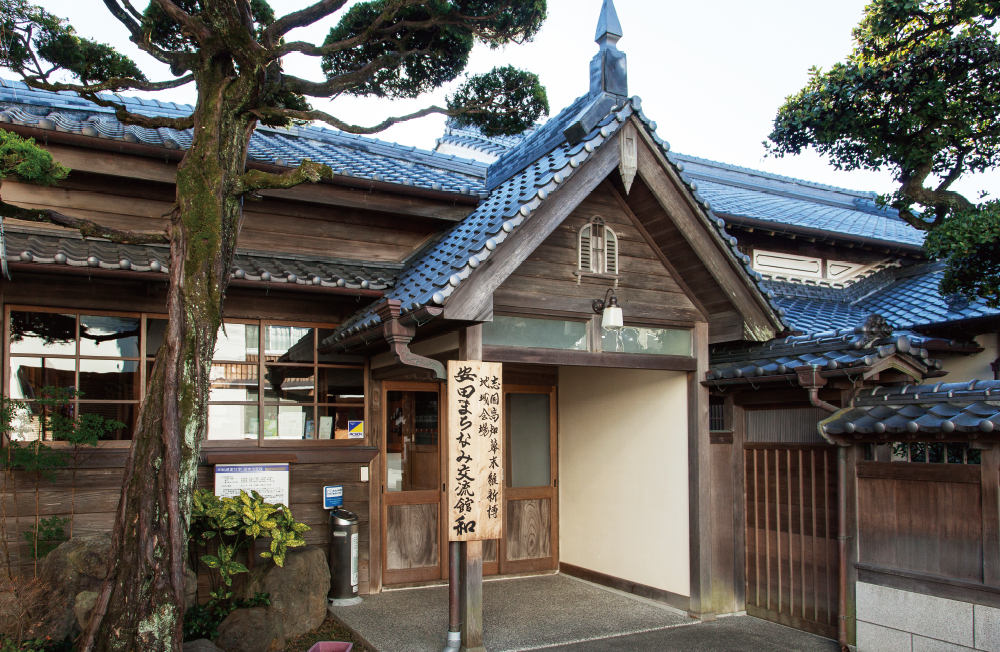
The buildings that were once the residence of the Kashiwara family and the Ichikawa Hospital located in the shopping arcade of Yasuda are now used as the town's visitor center, Nagomi.
The Kashiwara family residence was built in the Taisho to early Showa architectural style of eastern Kochi, which uses an extensive amount of natural Yanase lumber. Connected via an earthen floor, the Ichikawa Hospital building showcases the retro, eastern style of the Taisho era. Inside the building, you can find information about the local pioneers of the Meiji Restoration, including Junzo Takamatsu.
Yasuda Town Promotional Video
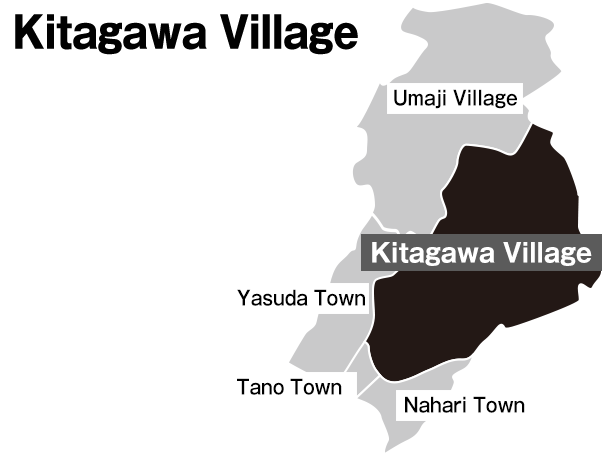
A mountain village with rich nature where the heroes of the closing days of the Bakumatsu were born
Kitagawa is a small village of only 1,300 people where 95% of the land is forest. Kochi Prefecture produces an astounding 50% of Japan's yuzu, and of that share, 15% comes from Kitagawa Village.There are many sites to see, such as Monet's Garden Marmottan, which can be enjoyed by visitors of all ages, the museum of Nakaoka Shintaro, a samurai who was active in supporting the Meiji Restoration, and Kitagawa Hot Spring.
-
Monet's Garden Marmottan, Kitagawa Village
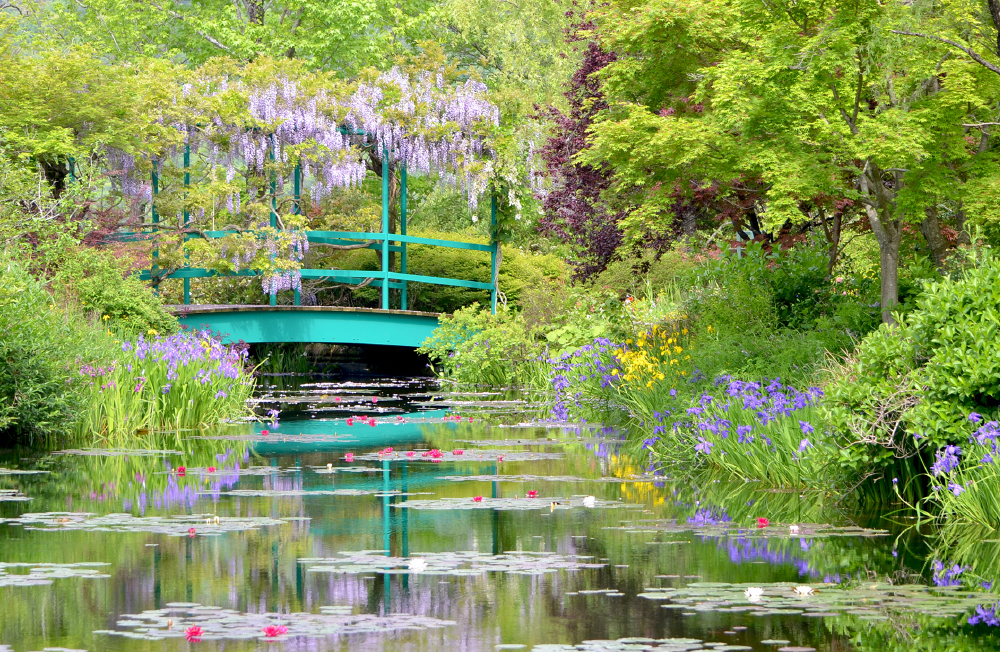
Nestled in the natural landscape of Kitagawa Village is Monet's Garden Marmottan, which is a reproduction of the famous garden in Giverny, France that was loved by the master of impressionism, Claude Monet. This is the first instance that the name "Monet's Garden" was approved for use by the Fondation Claude Monet in France.
Take a stroll in the garden that mimics Monet's paintings and changes colors with the seasons.
-
Nakaoka Shintaro Museum
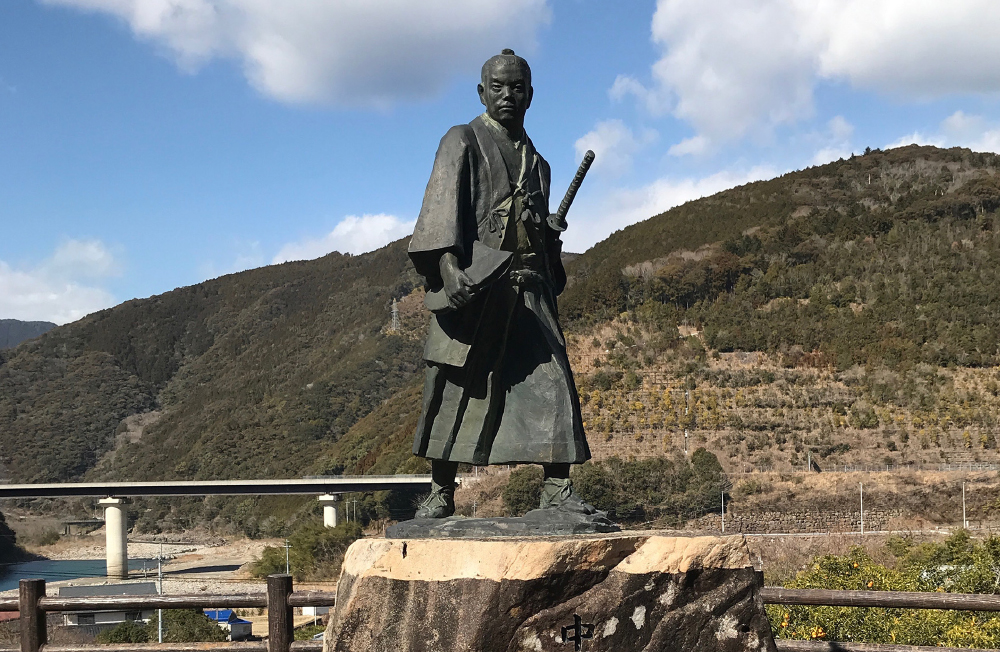
This museum is dedicated to Nakaoka Shintaro, a loyalist who joined forces with Sakamoto Ryoma to realize the Meiji Restoration. Nakaoka Shintaro, a native of Kitagawa Village, was influential in educating the local farmers about yuzu cultivation as the village headman at the age of 20. At the age of 24, he joined Tosa Kinno-to and fled the domain to dedicate his life to traveling throughout Japan in support of the Meiji Restoration.
This museum tells the story of Shintaro's 30 years of history.
Kitagawa Village Promotional Video
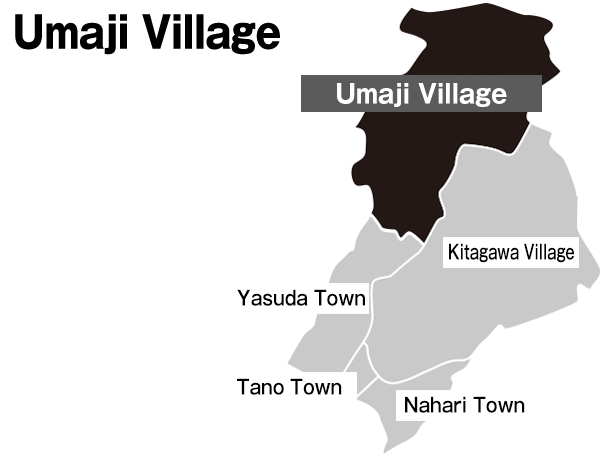
The mountainside "yuzu village" that once prospered with Yanase cedar
Umaji is a small village surrounded by mountains reaching as tall as 1,000 meters (3,280 ft.).Yanase Cedar, the prefectural tree, grows here and is said to have been a prominent resource of the Tosa Clan in feudal times.
Also known as the village of yuzu, local products such as Yuzu no Mura (a yuzu ponzu sauce) and Gokkun Umajimura (a yuzu and honey beverage), are sold not only in Kochi but have also spread to the Tokyo area.
The best-known lodging facility in the area, Umaji Onsen (hot spring), attracts many guests every year with local cuisine unique to the region and the highly reputed hot spring known for its beautifying effects on the skin.
The village is continuing to develop and aiming to be listed in The Association of The Most Beautiful Villages in Japan and Japan's Top 100 Villages.
-
Umaji Onsen (Hot Spring)
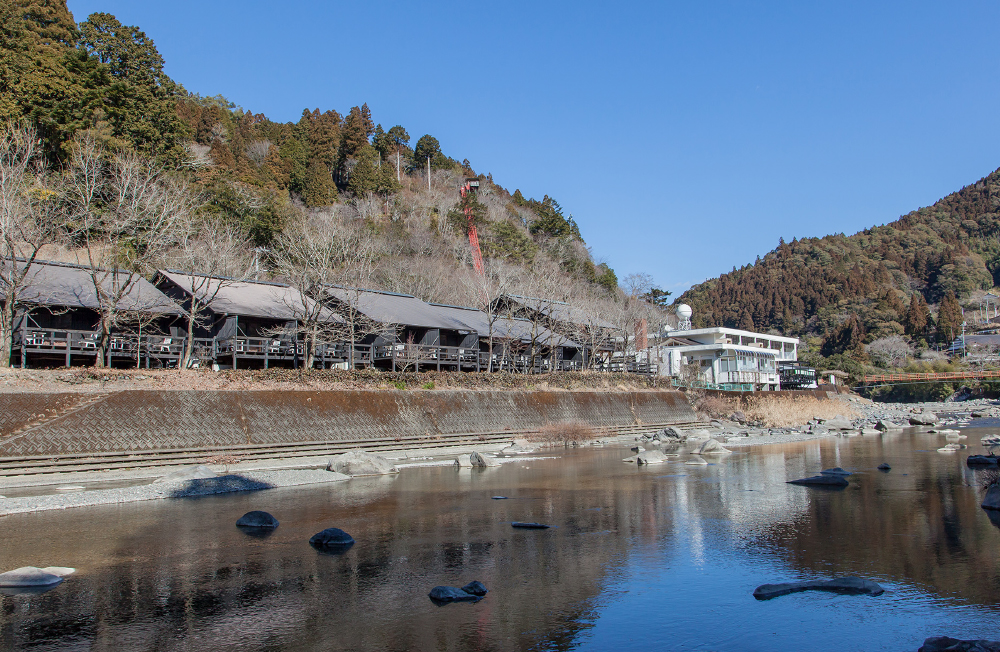
This hot spring runs along the pristine Yasuda River in Kochi Prefecture's Umaji Village, home of Yanase cedar and yuzu. The Umaji Hot Spring is located in the Community Center Umaji building where you can also lodge and dine.
The day spa facility (separate for men and women) has a spacious main bath, a semi open-air bath, and a private bath. The sodium chloride carbonated spring water is gentle on the skin and leaves it feeling silky and smooth. -
Made in Umaji
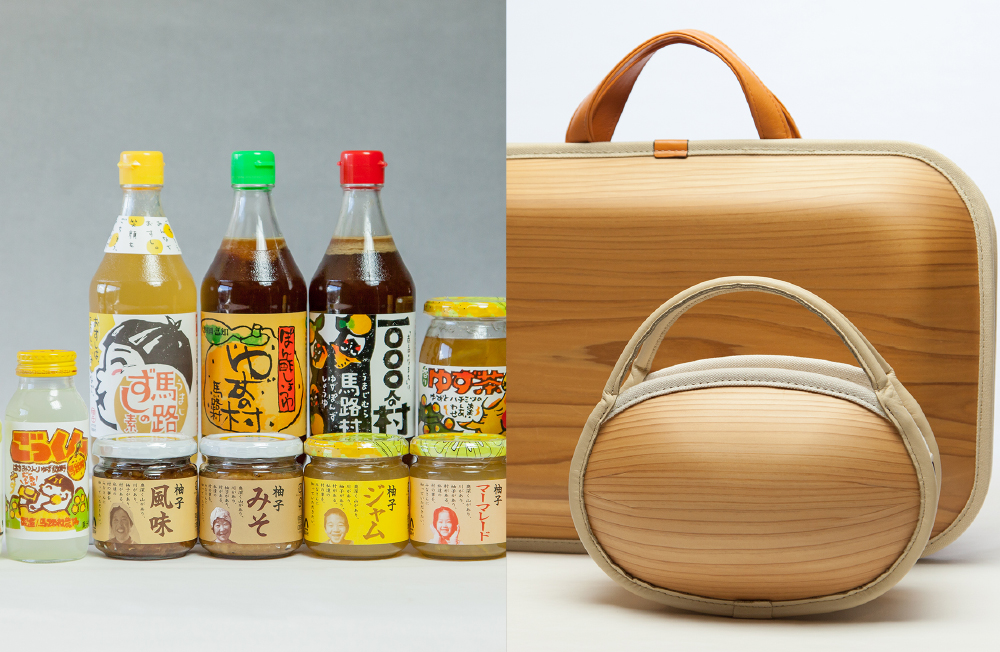
Original products made in a village of 900 people. The yuzu-based products made by the Umaji-mura Agricultural Cooperative are all packaged in a cohesive design that reflects the small town vibe. The "monacca" bag made of wood received the Good Design Award and is known around Japan for its superior design.
